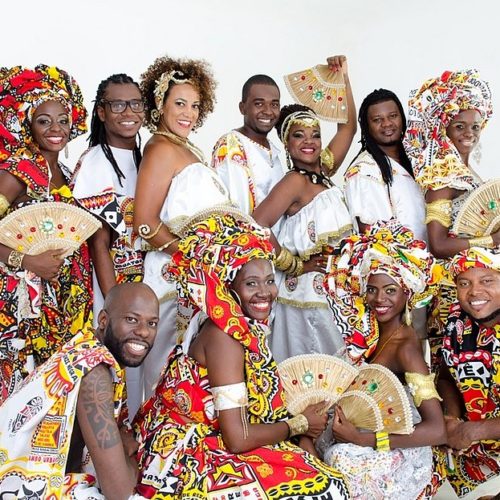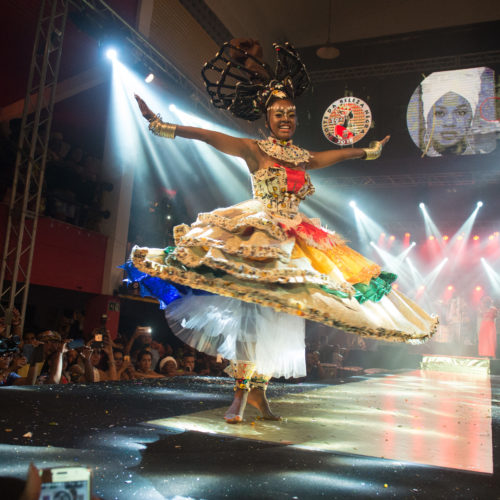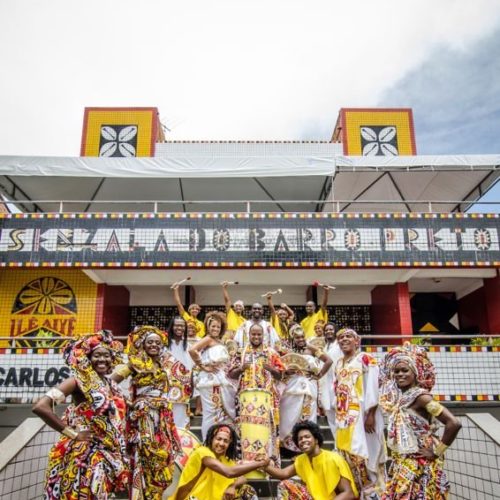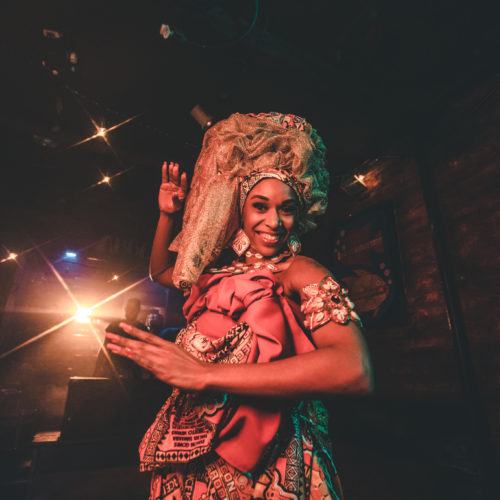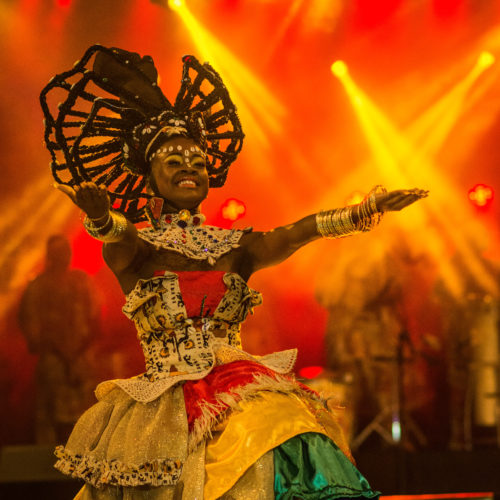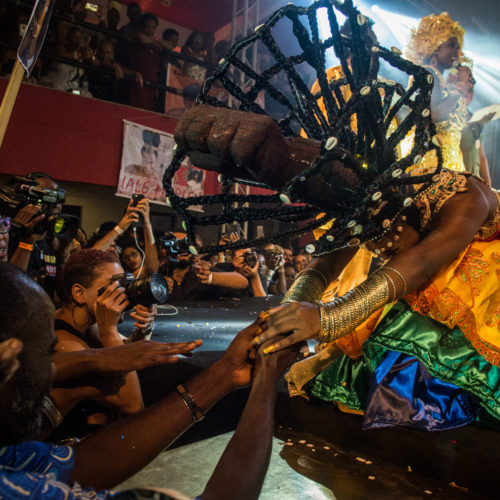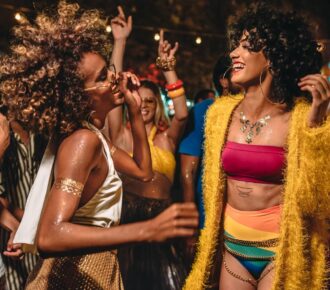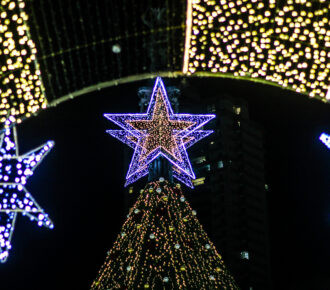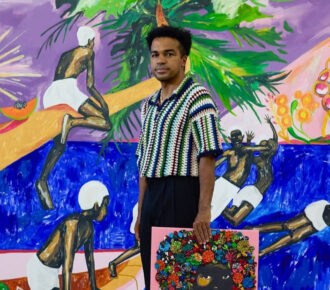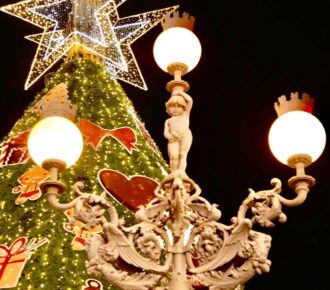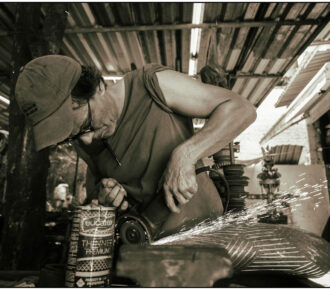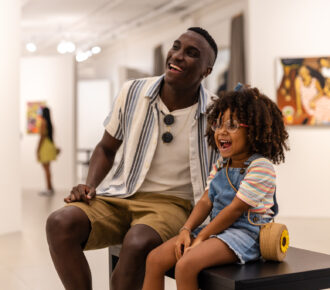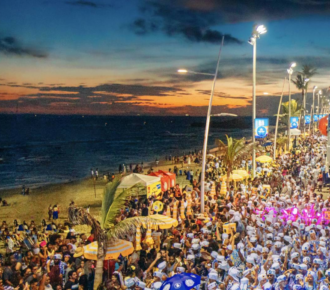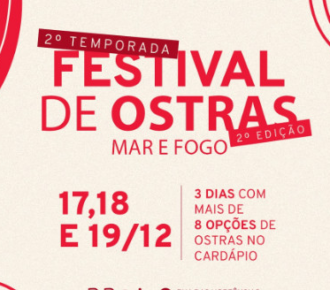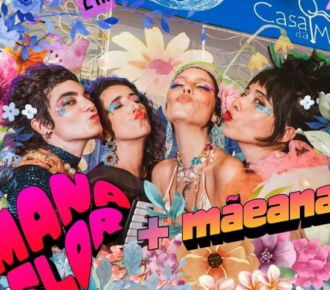
The street that made the history of the black people of Salvador and became a neighborhood
Cultural heritage of Salvador, the district where Ilê Aiyê was born has worldwide recognition
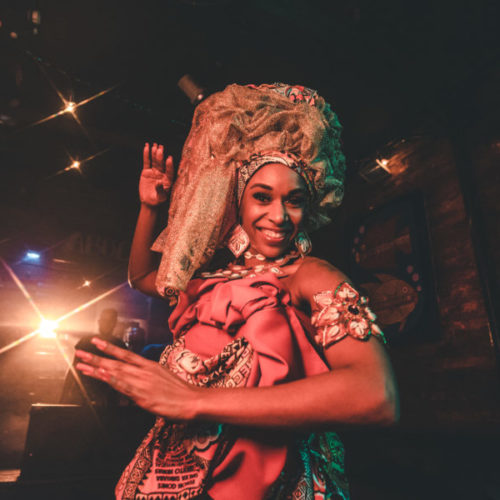
Sung in verse and prose, the Curuzu neighborhood is one of the identity pearls of the people of Salvador. More than a neighborhood, it is a reflection of the black empowerment construction in the capital of Bahia in recent decades. The presence of the Afro block* Ilê Aiyê headquarters, at property number 228 of Rua do Curuzu, gave international prominence to the neighborhood, which has the famous Ladeira do Curuzu (that of the song “O Mais Belo dos Belos”) as its trademark.
For many years, it was known as a street in the Liberdade neighborhood, but, since 2017, it has been included in the list of official neighborhoods in Salvador for its strength and representativeness. The presence of the first Afro block in Brazil on the street has made the region consolidated with developments focused on Afro culture.
Recently, the 1.1 km extension of the direct street in the neighborhood has undergone complete requalification from Avenida General San Martin to Estrada da Liberdade. The urban remodeling was carried out and the neighborhood took on the colors yellow and red – the same colors as the Senzala do Barro Preto facade, the block’s headquarters, which made the street so famous worldwide, as well as the carnival costume of the association, born in 1975.
But Curuzu goes far beyond the block. In addition to the cultural heritage, it also preserves two of the most important Candomblé terreiros** in Brazil. There, for example, there is the Terreiro Hunkpame Savalu Vodun Zo Kwe, which was the first to be listed under the Law of Preservation of Cultural Heritage of the Municipality of Salvador. The Vodun Zô is one of the only in the Jeje Savalu nation that maintains the original rites of the lineage, as well as the African Ewe-Fon dialect preserved in the expressions and chants of the community.
Learn more about Curuzu, the street that made the history of the black people of Salvador and became a neighborhood.
What a beauty to see
Ver essa foto no Instagram
If you want to visit Salvador or are already a resident of the city, you need, at least once in your life, to participate in the Black Beauty Night of the Ilê Aiyê block, in Senzala do Barro Preto, the block’s headquarters in the Curuzu neighborhood. Since 1975, on the eve of Carnival, the community has come together to choose the Goddess of the Ebony – the woman who will represent the block in carnival parades and throughout the year.
It is one of the most beautiful nights you will see in your life. It is not a beauty contest in the classic sense. It’s much more than that. It is a time to celebrate the ancestral African roots of our people, an invitation to reflect on the formation of our identity and a reverence for black women.
Black beauty is celebrated with the presence of young black women who transform themselves into goddesses in the traditional night. The block’s headquarters gets very crowded – always sold out – and there are presentations and presences by famous artists such as Gilberto Gil and Daniela Mercury. Every year, about 20 finalists compete for the title in the competition, which annually has more than 200 entries from different cities in Bahia and even abroad.
A special day
Ver essa foto no Instagram
The Saturday of Carnival is one of the most special oments of the year in the Curuzu neighborhood. It is the day on which the traditional “Saída do Ilê” (Ilê departure) takes place at the Ilê Aiyê block to parade on the official revelry circuit in Campo Grande. The moment brings together artists, politicians, tourists and the Curuzu community, which is at the windows of the houses to see “Ilê passing by”*** down the street in the neighborhood.
https://www.salvadordabahia.com/en/experiences/ile-aiye-2/
To have an idea of the visibility of that night, great world stars have already participated in this moment, like the English international model Naomi Campbell. The members of the carnival block – which is exclusive for the parade of black people – have this Saturday night as the most special of Carnival.
Before the departure of the Aiyê band from the block’s headquarters, there is a religious act commanded by Terreiro Ilê Axé Jitolu, who asks the orixás for good ways for the block to pass in the revelry. On this day, the great parade of the Goddess of the Ebony takes place in front of the block, accompanied by the two princesses of the association that will reign in the revelry, but which introduces itself to the neighborhood first, and asks for the blessings of ancestry. The block was founded in 1975 and opened the door for other districts of Salvador to create, without a sequence, other carnival blocks with a black protagonism.
Religious heritage
Ver essa foto no Instagram
Two Candomblé terreiros help to write the history of Curuzu. Founded in 1952, Ilê Axé Jitolu was commanded, until 2009, by Mãe Hilda dos Santos, Mãe Hilda de Jitolu. Mãe Hilda was, until her death, one of the great supporters and spiritual leader of the Ilê Aiyê block, which was born among the sons and daughters of saint of her terreiro. Her son, Antônio Carlos do Santos, Vovô do Ilê, is the current president of the block.
The terreiro, which belongs to the Jeje – Nagô nation, is led by Mãe Hildelice Benta dos Santos, who is the biological daughter of Mãe Hilda. Every January, there is a great party in the terreiro in honor of Oxalá. Another important time of the year for the terreiro is the party for Obaluaê, the patron saint of the terreiro, which takes place in August.
The Hunkpame Savalu Vodun Zo Kwe terreiro, also located in the Curuzu neighborhood, is, according to the Brazilian Association for the Preservation of Afro Amerindian Culture (AFA), the only one in the Jêje Savalu nation that maintains the original rites of the lineage, as well as the African Ewe-Fon dialect, preserved in the expressions and chants of the community.
Ver essa foto no Instagram
In 2016, it was the first to be listed under the Law on the Preservation of Cultural Heritage of the Municipality of Salvador (8,550/2014). The terreiro, which is guided by Xangô, occupies an area of 2,400 m², which represents the largest green area in Curuzu. In the terreiro, there is a photograph made by the French photographer Pierre Verger (1902 – 1996) that was donated to the terreiro in 2018. The work is the photograph Elégùn de Oxumaré made in Savé, Africa.
*A block is a group of people who organize to parade during Carnival, showing different types of popular manifestations in their music, colors and costumes.
** Terreiro (from the Latin terrarium) in Afro-Brazilian cults, is the place where ceremonial cults take place and offerings are made to the orixás.
***Check the song “Depois que o Ilê passar” (After Ilê passes by)

